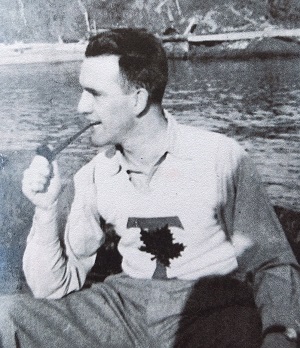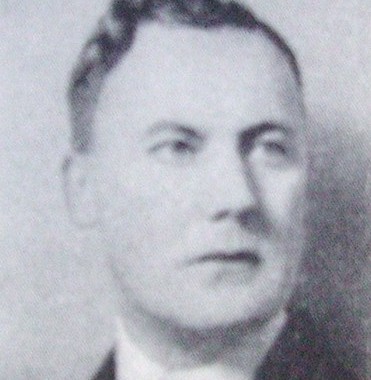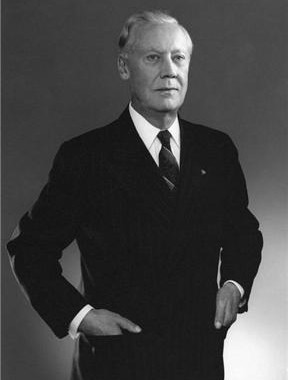The longest continuous military conflict of World War 2 – The Battle of the Atlantic –began at 7:39 p.m., Sunday, Sept. 3, 1939, when a German torpedo loaded with 600 pounds of high explosives slammed into the port side of the British passenger ship Athenia.
At that precise moment onboard Athenia, David Jennings was preparing to leave his Third class cabin near the ship’s bow to attend the third seating for dinner. A University of Toronto student returning home for his senior year, Jennings was accompanied by two university friends, Tony Cassels and John Woods, with whom he had vacationed in the British Isles the previous month. (See blog post July 16, 2015: “David Jennings: Adventures of A Young Man.”) Read More





